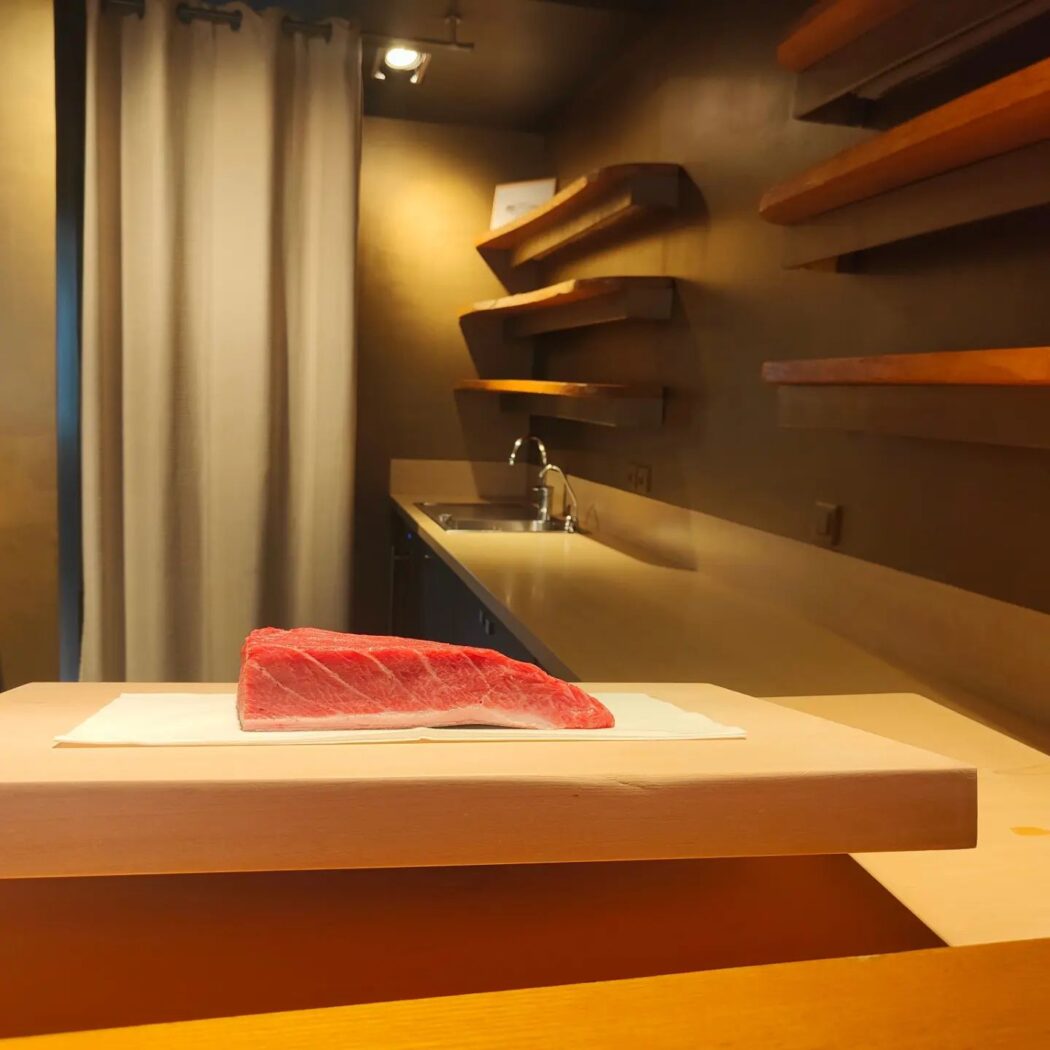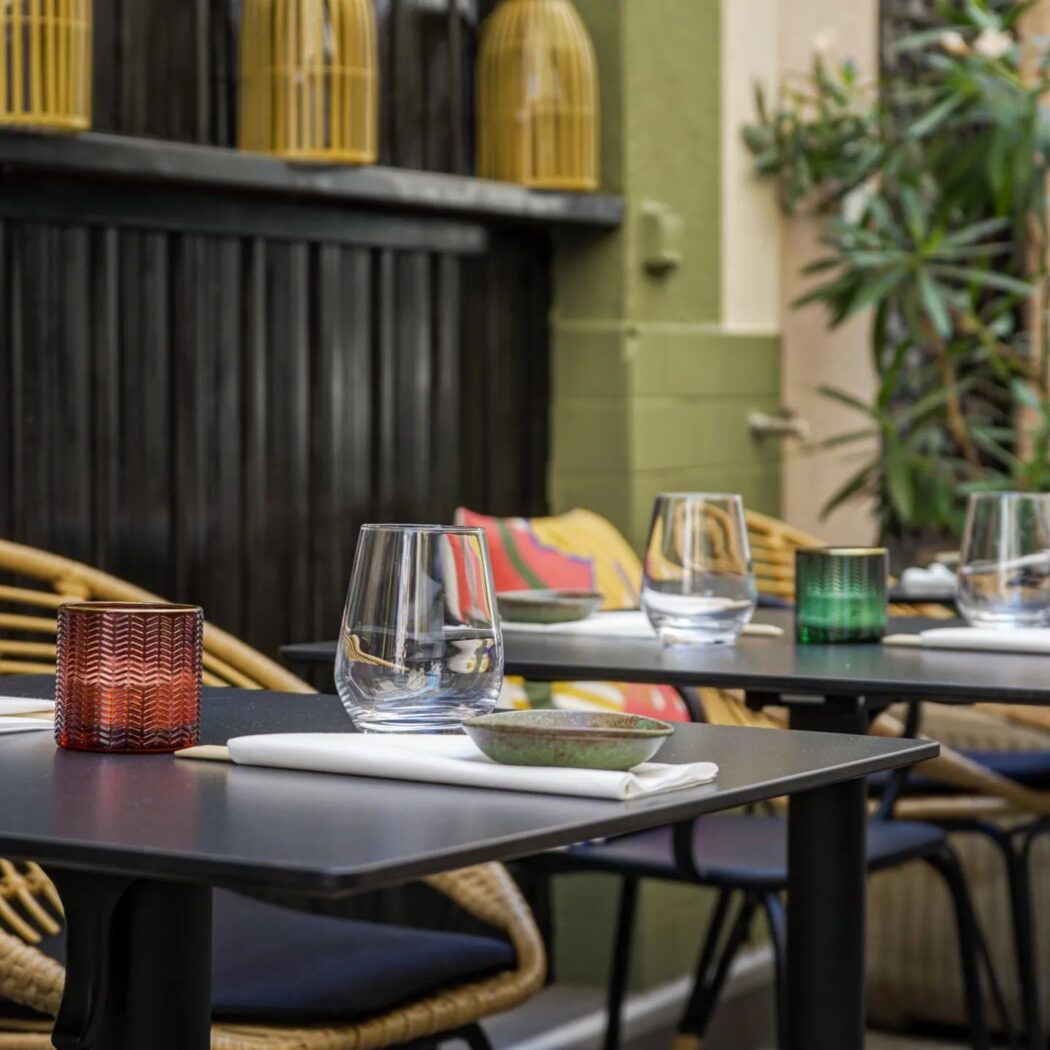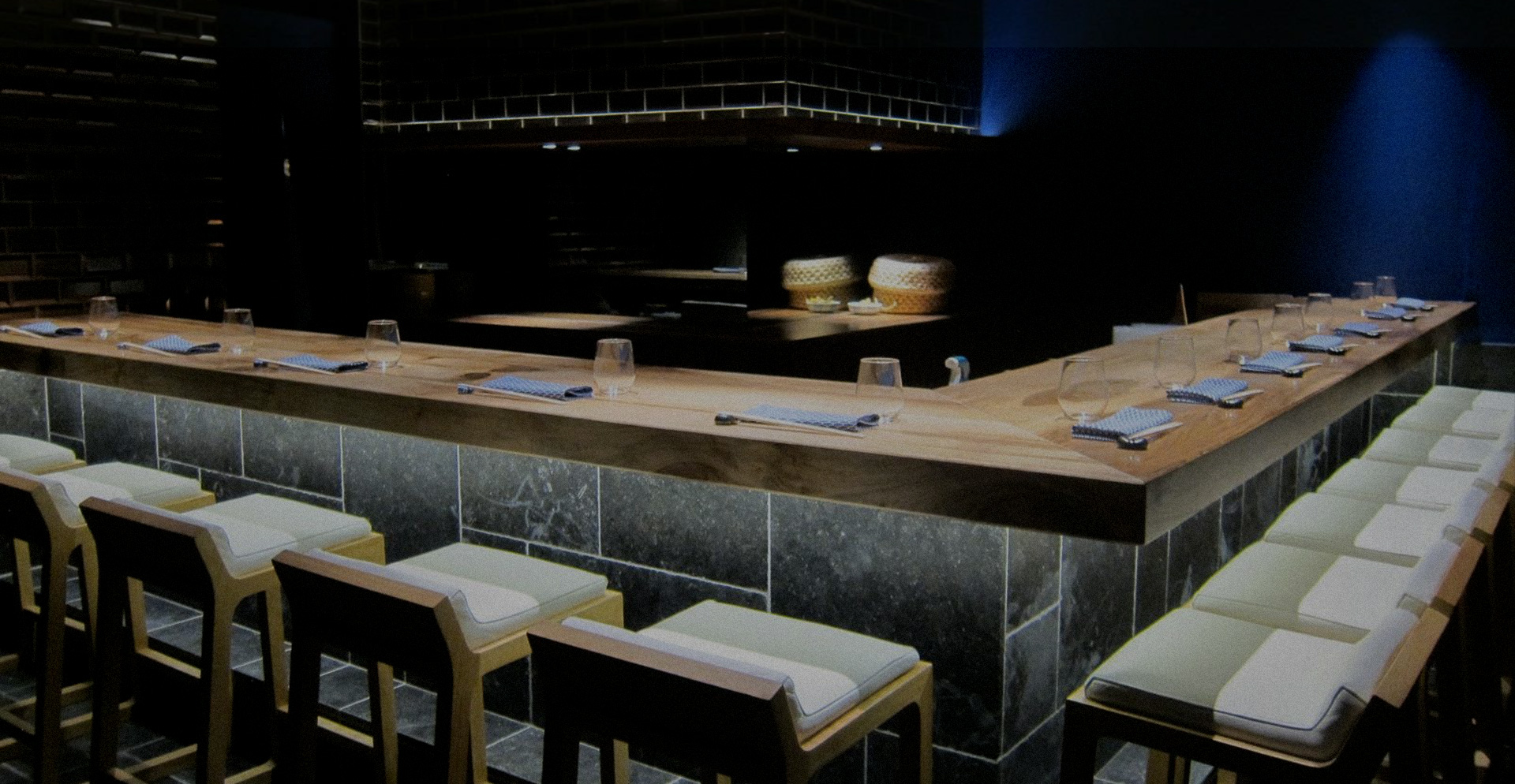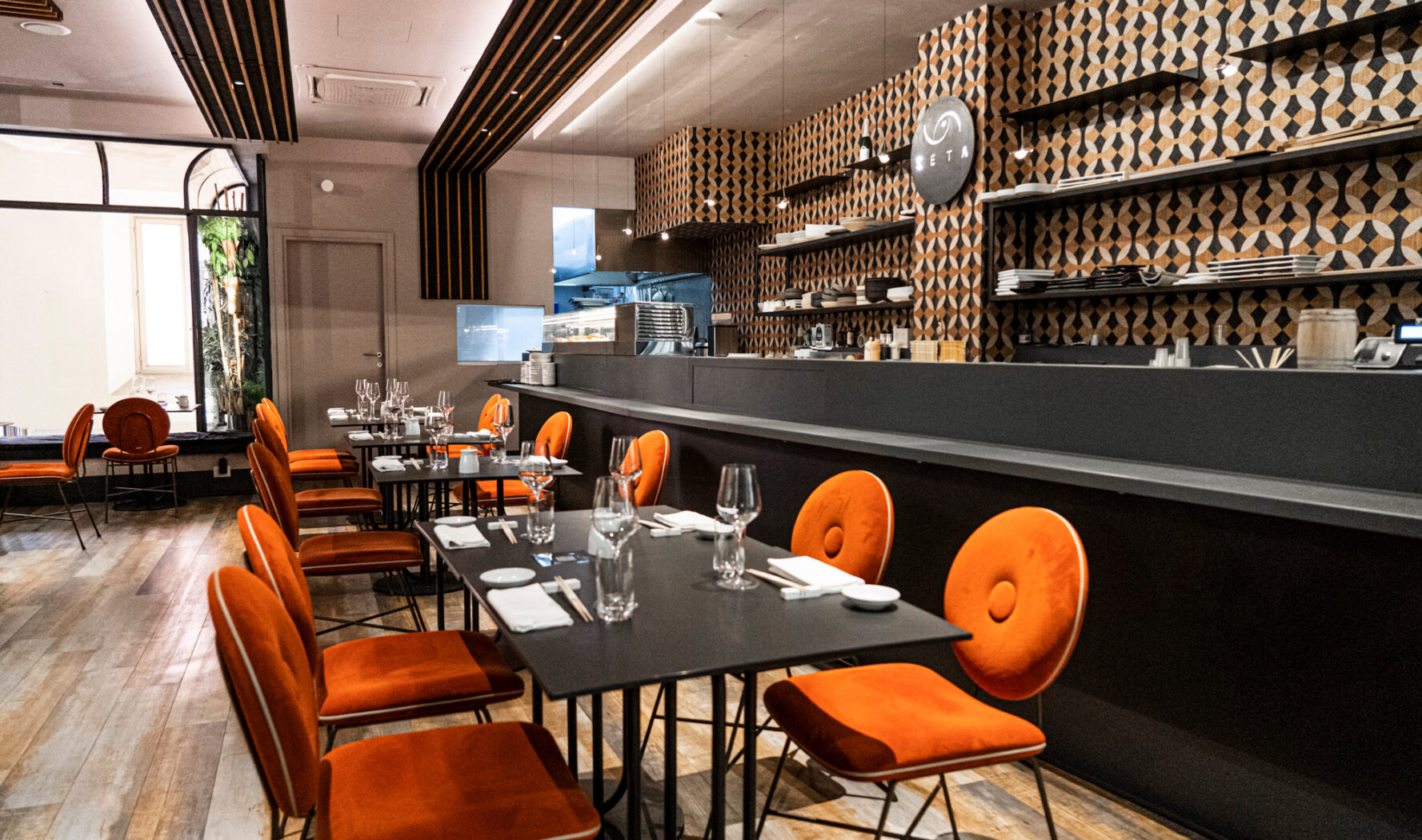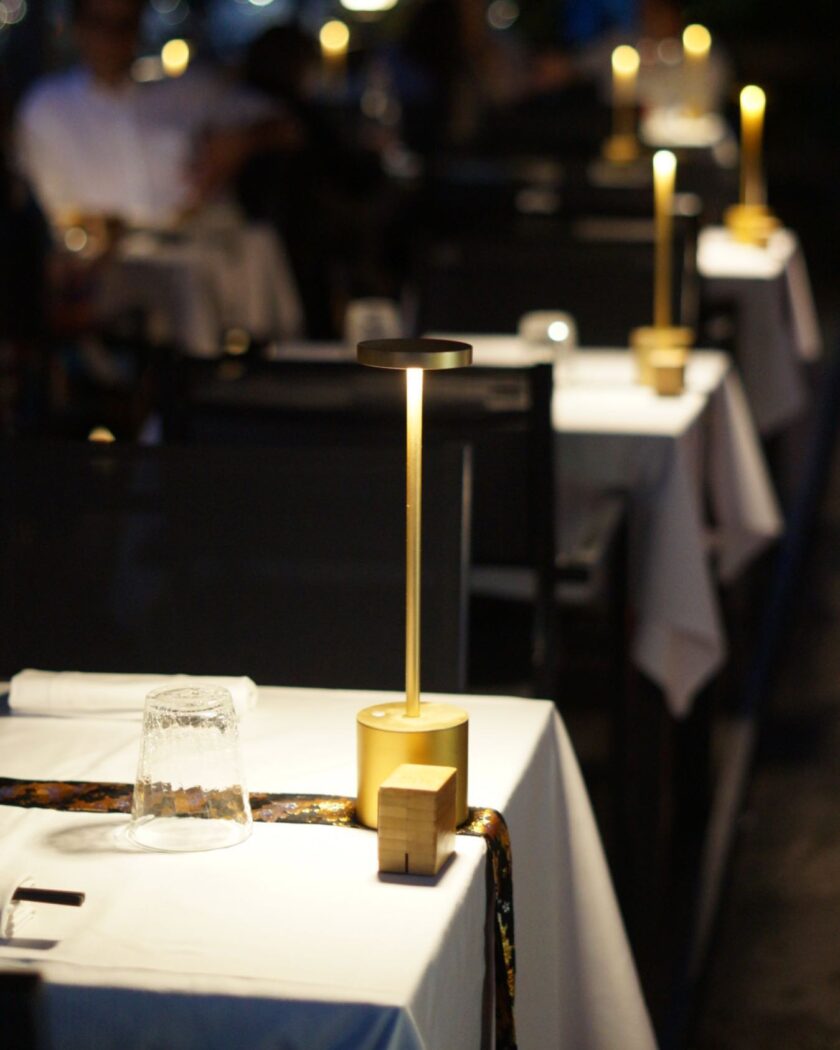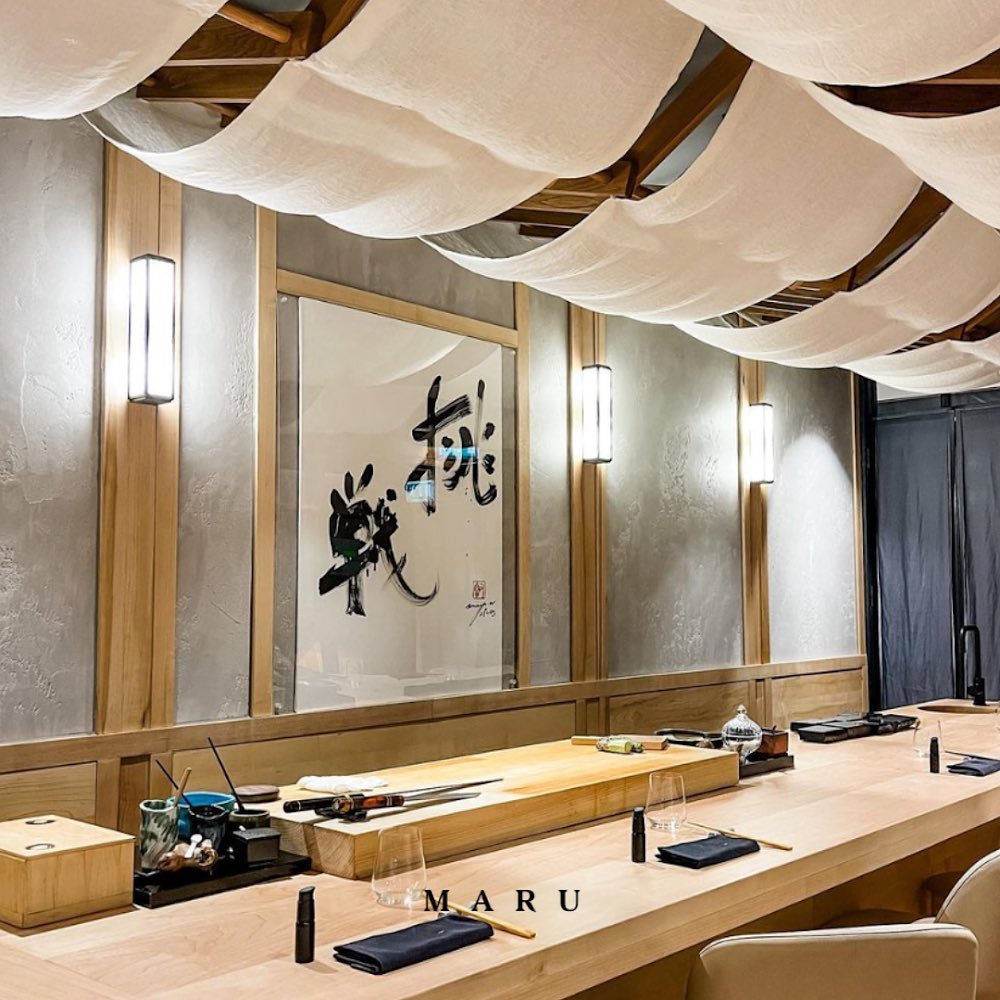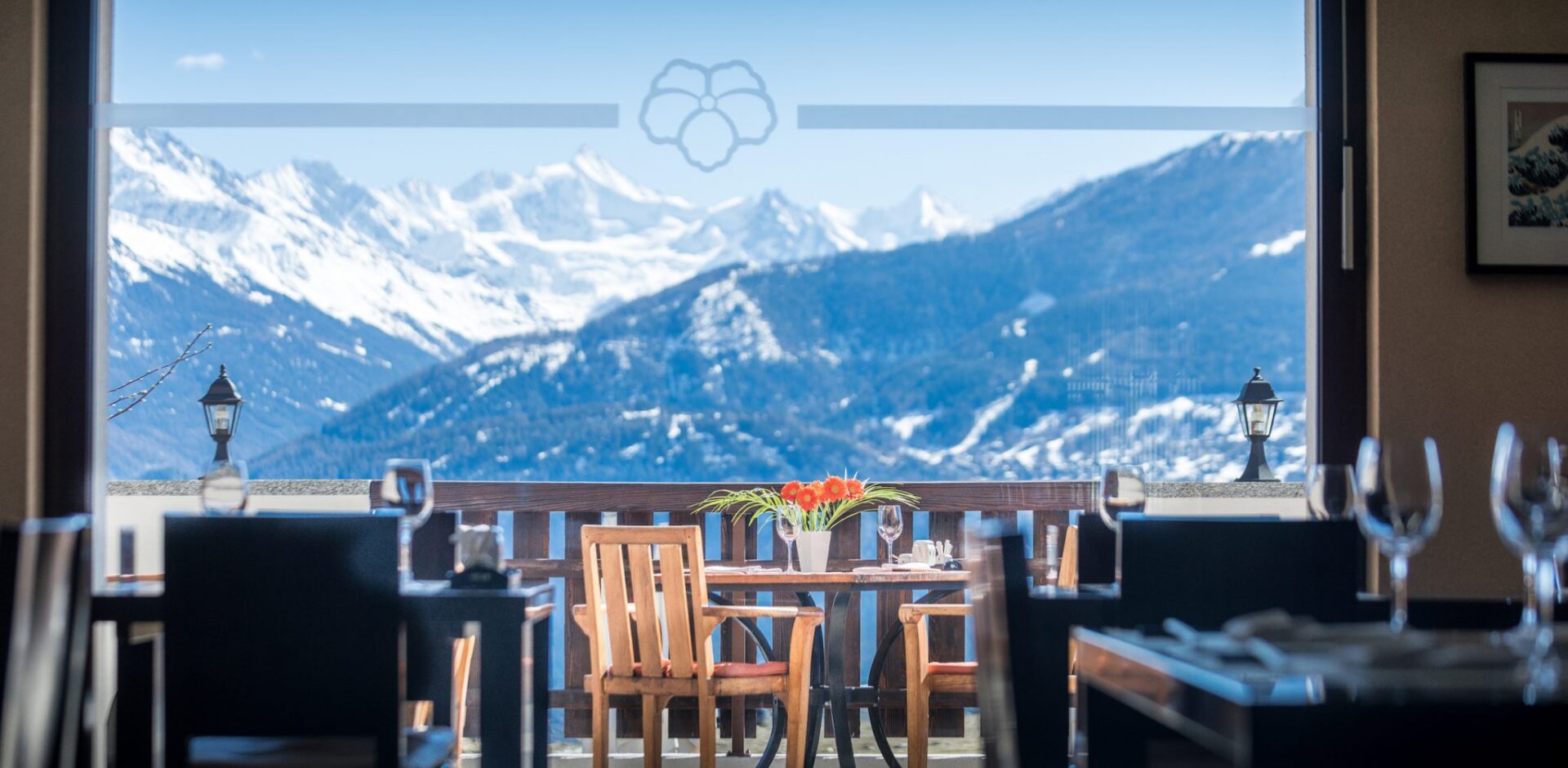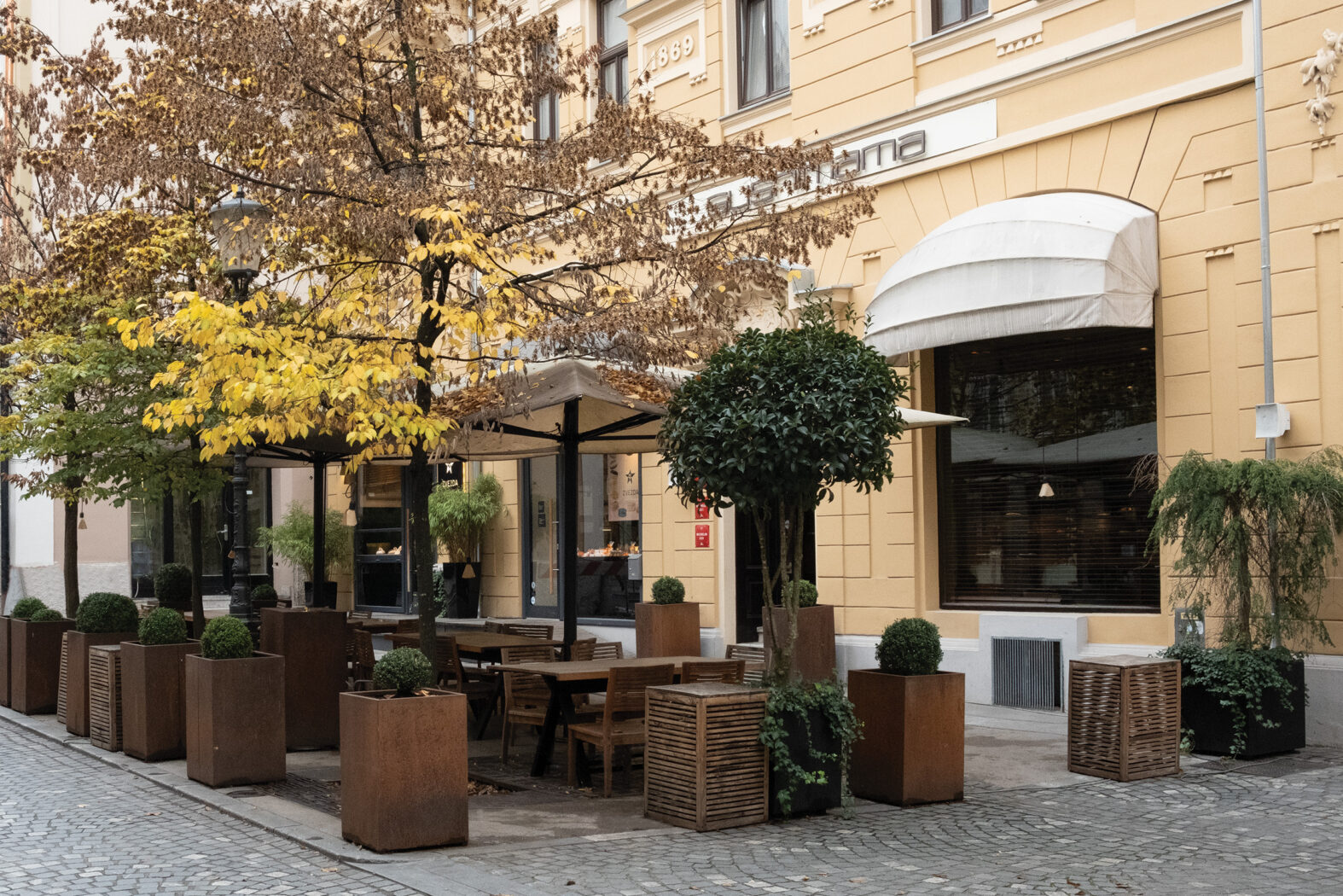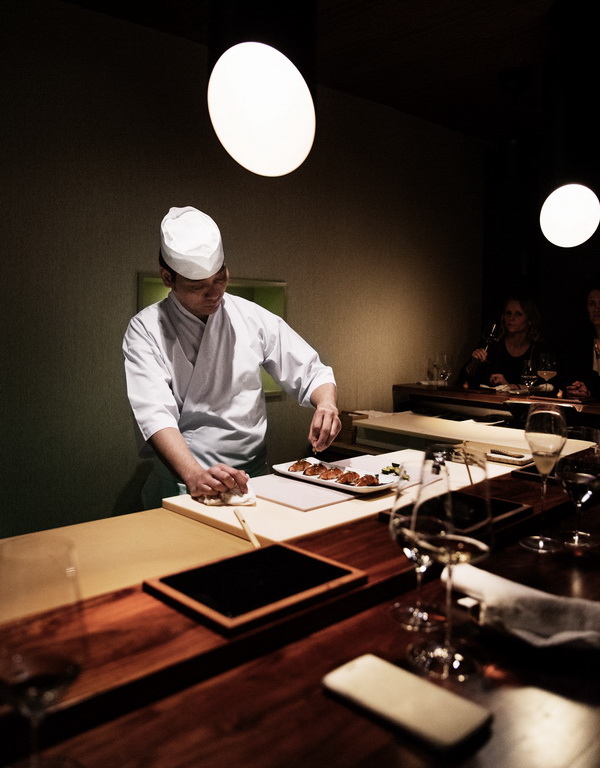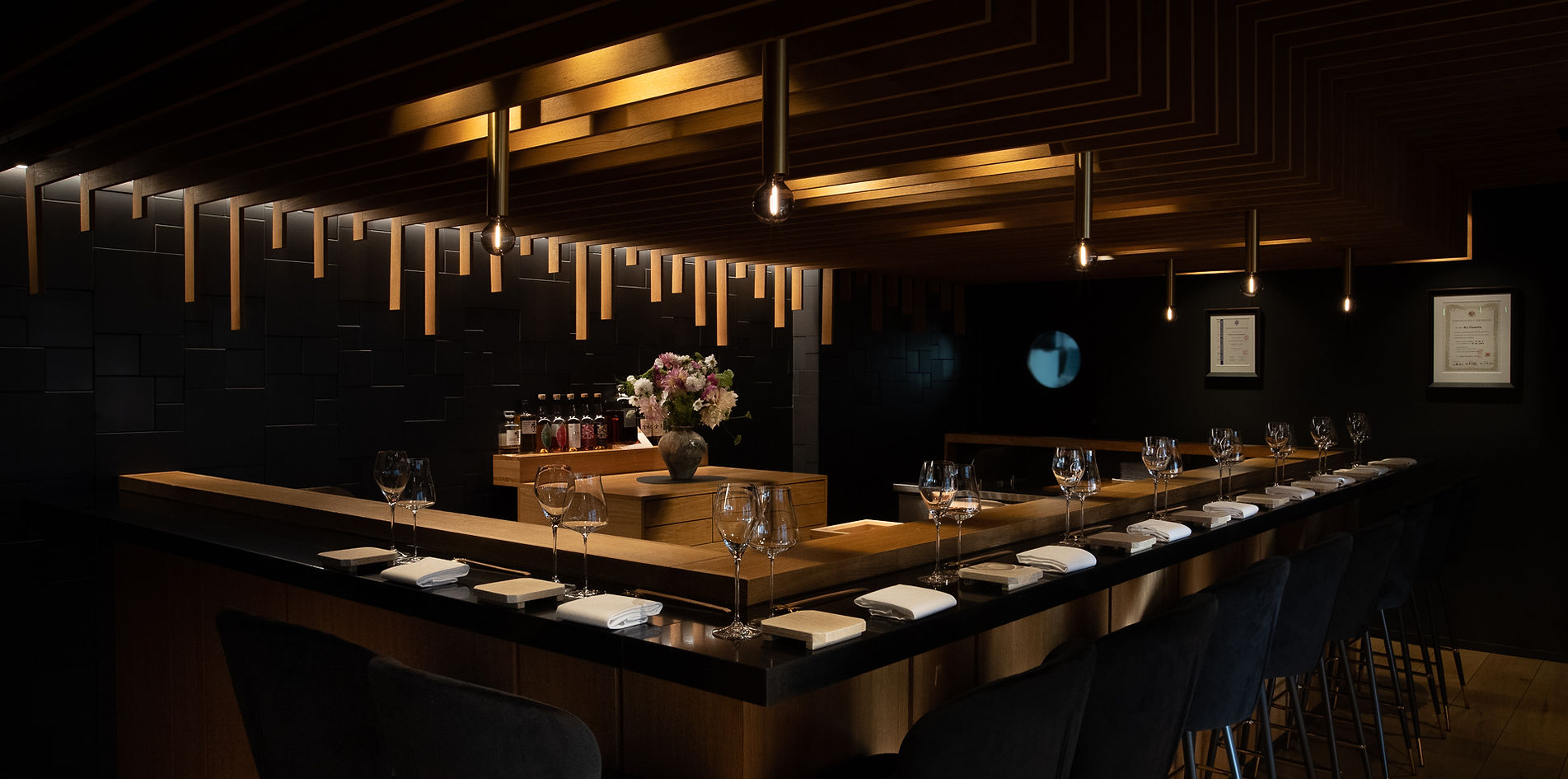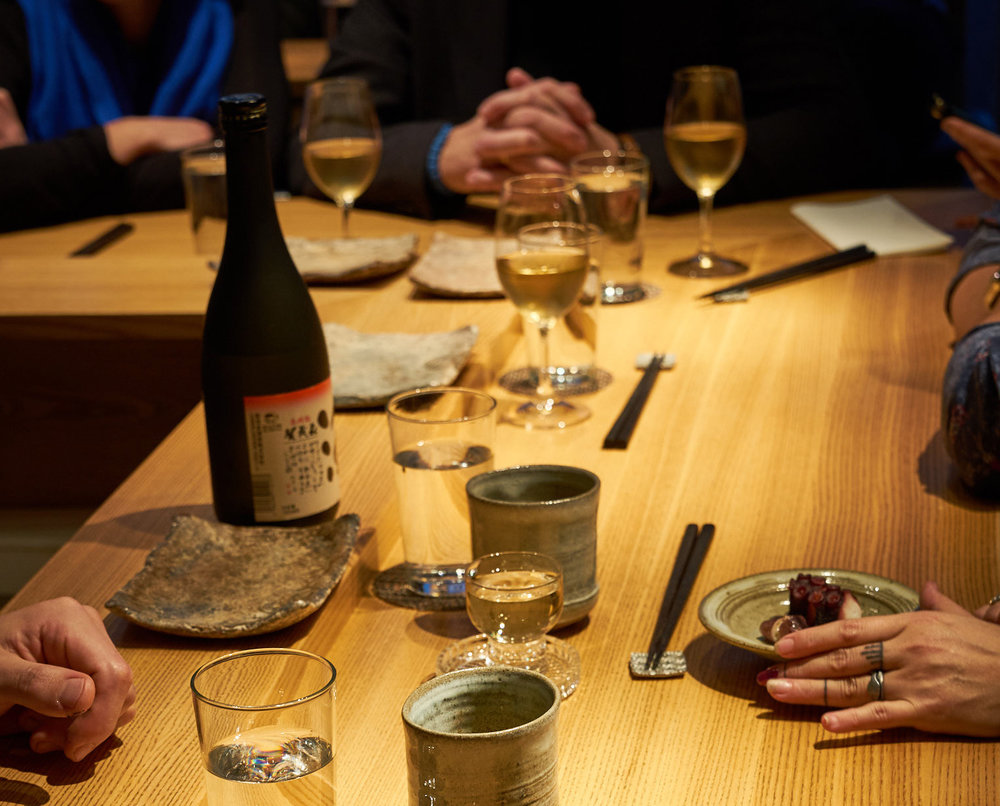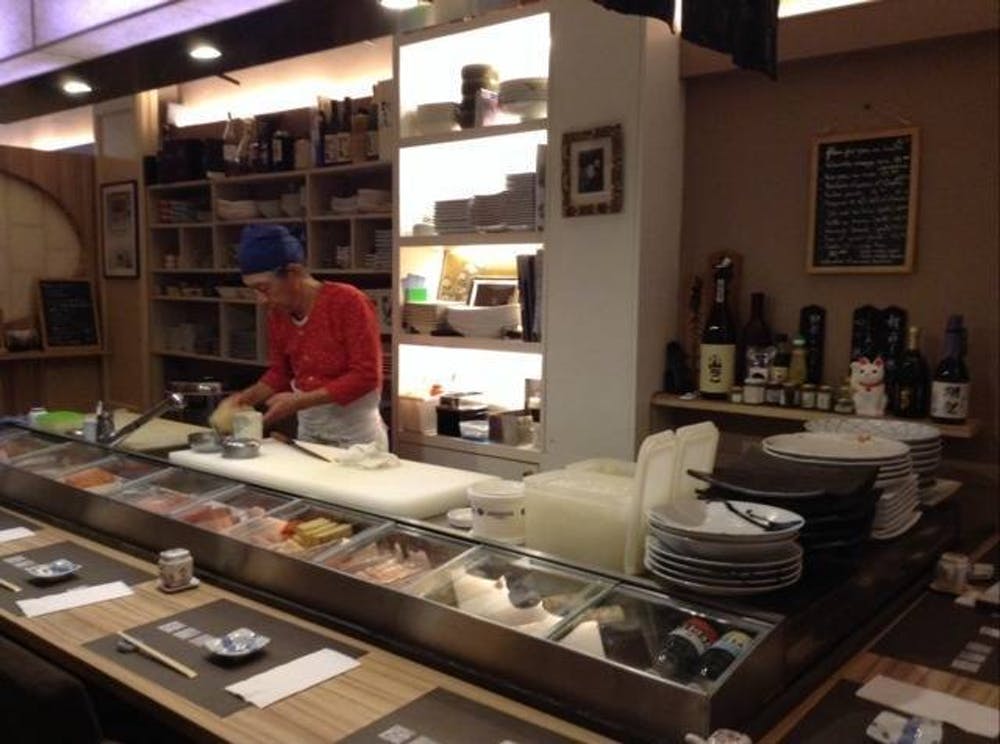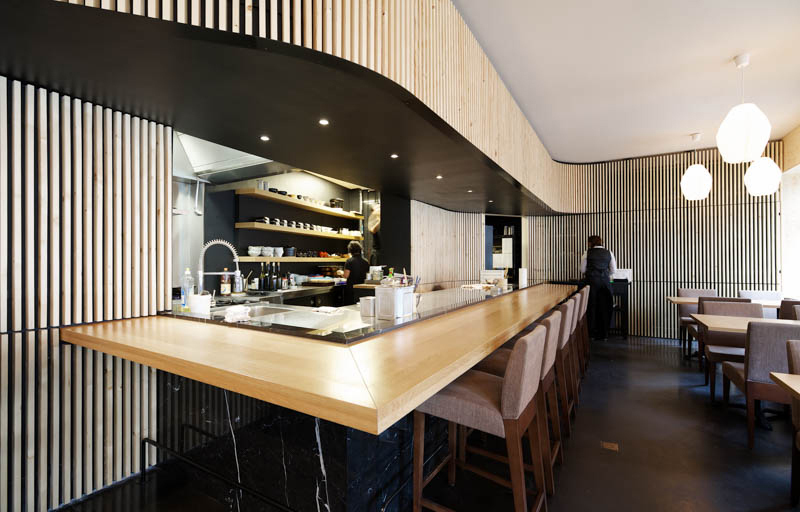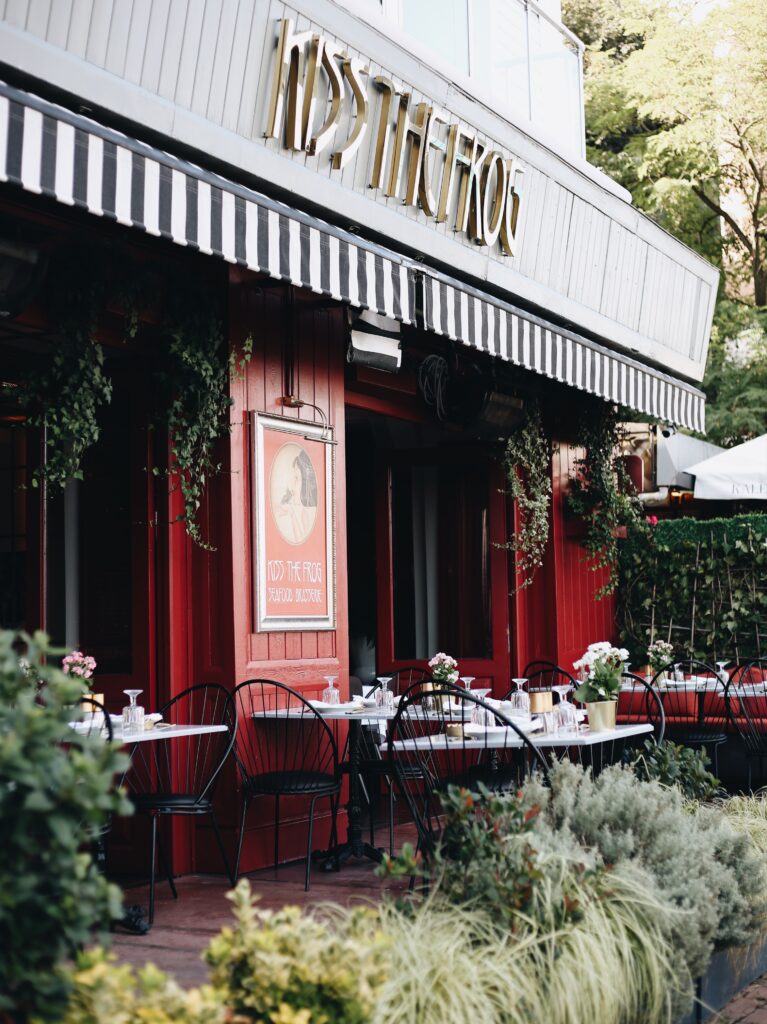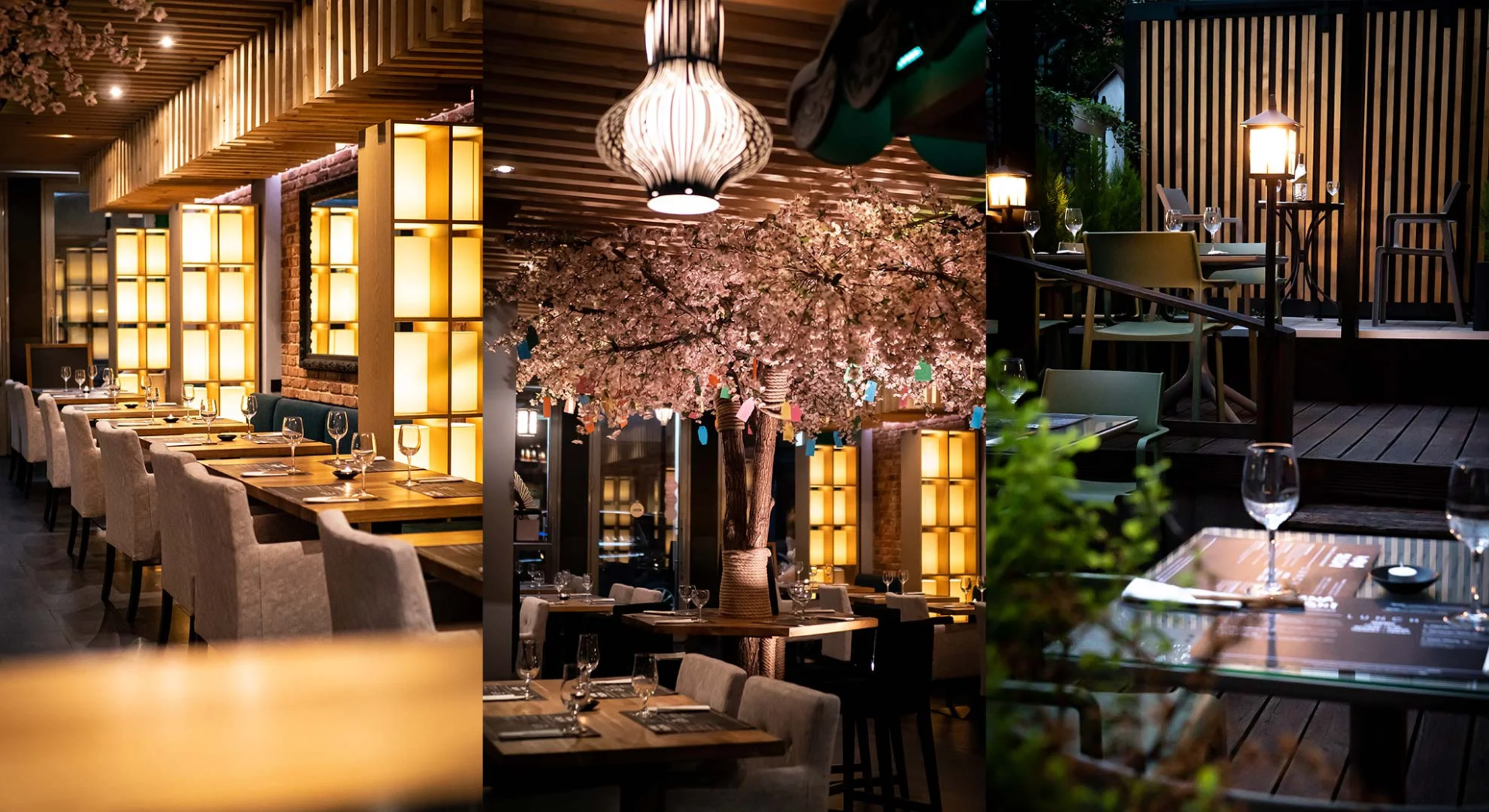Slovenia Norway Denmark Sweden
Luxembourg Belgium Türkiye Poland
Recommended sushi restaurants in France
Recommended sushi restaurants in Italy
Recommended sushi restaurants in United Kingdom
Recommended sushi restaurants in Germany
-


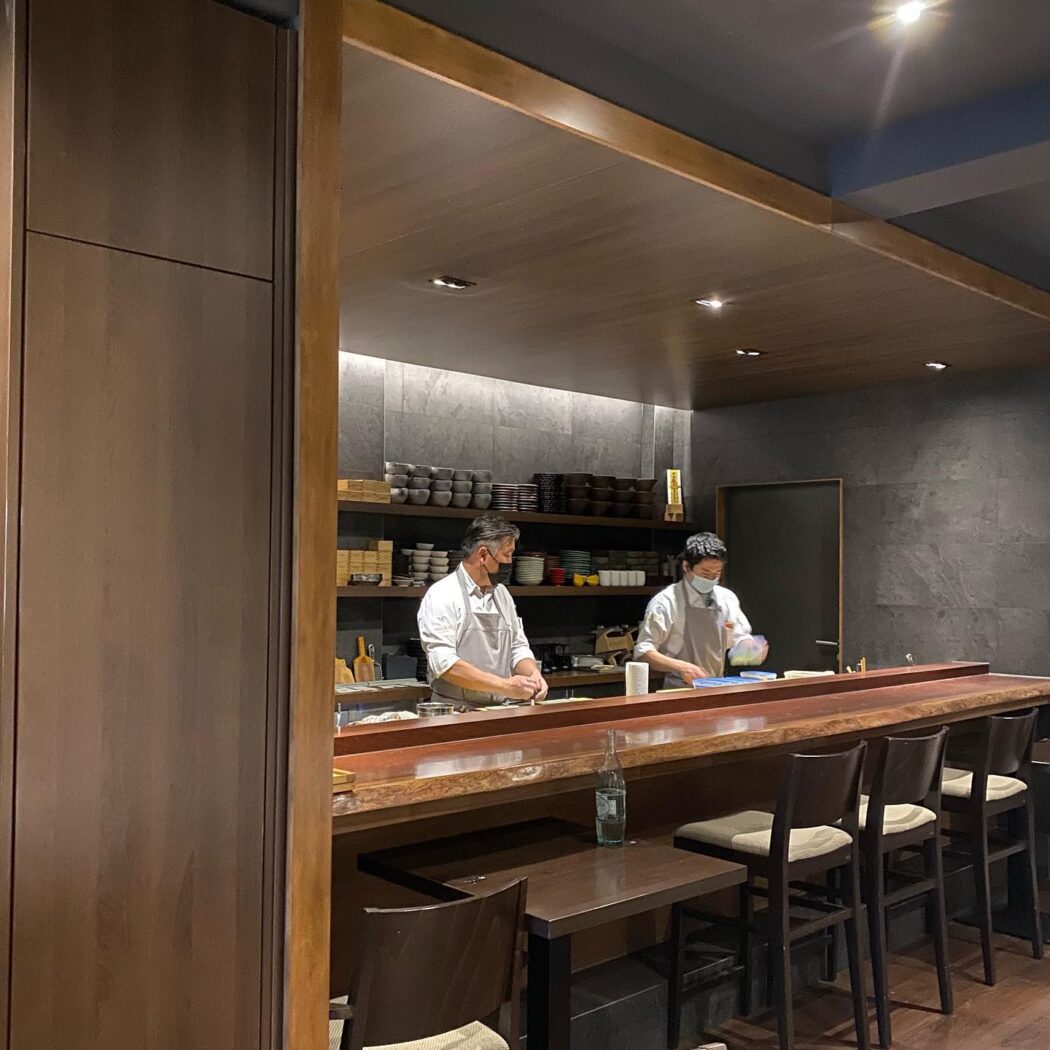
Yoshi by Nagaya
Sushi restaurant in Germany [SUSHILIVE comment] -



Aska
Sushi restaurant in Germany [SUSHILIVE comment] -



MIZU Sushi-Bar
Sushi restaurant in Germany [SUSHILIVE comment] -


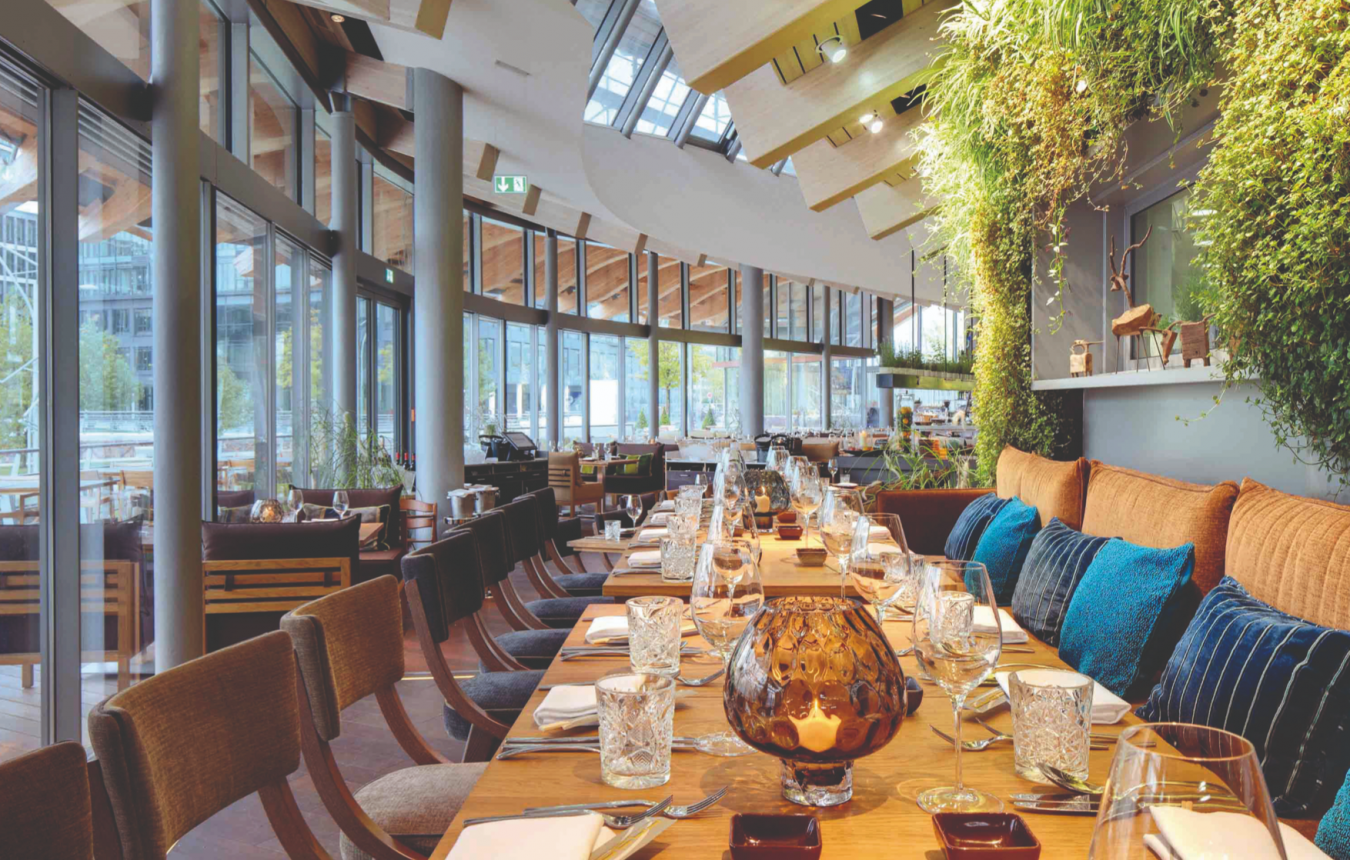
Coast by east
Sushi restaurant in Germany [SUSHILIVE comment] -


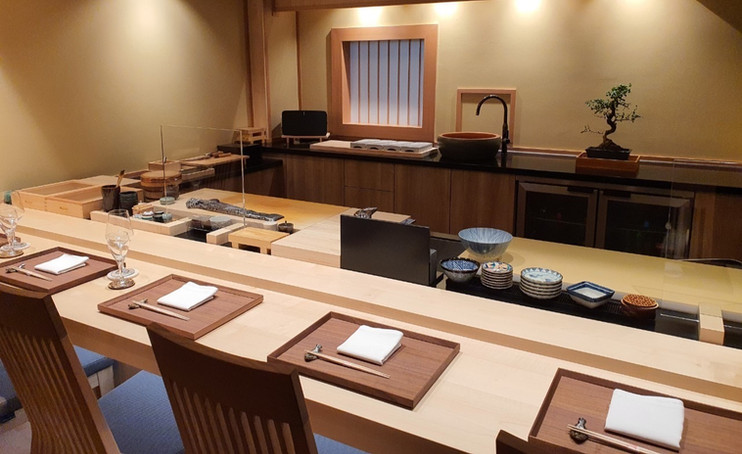
Oyster Lodge
Sushi restaurant in Germany [SUSHILIVE comment]
Recommended sushi restaurants in Spain
-


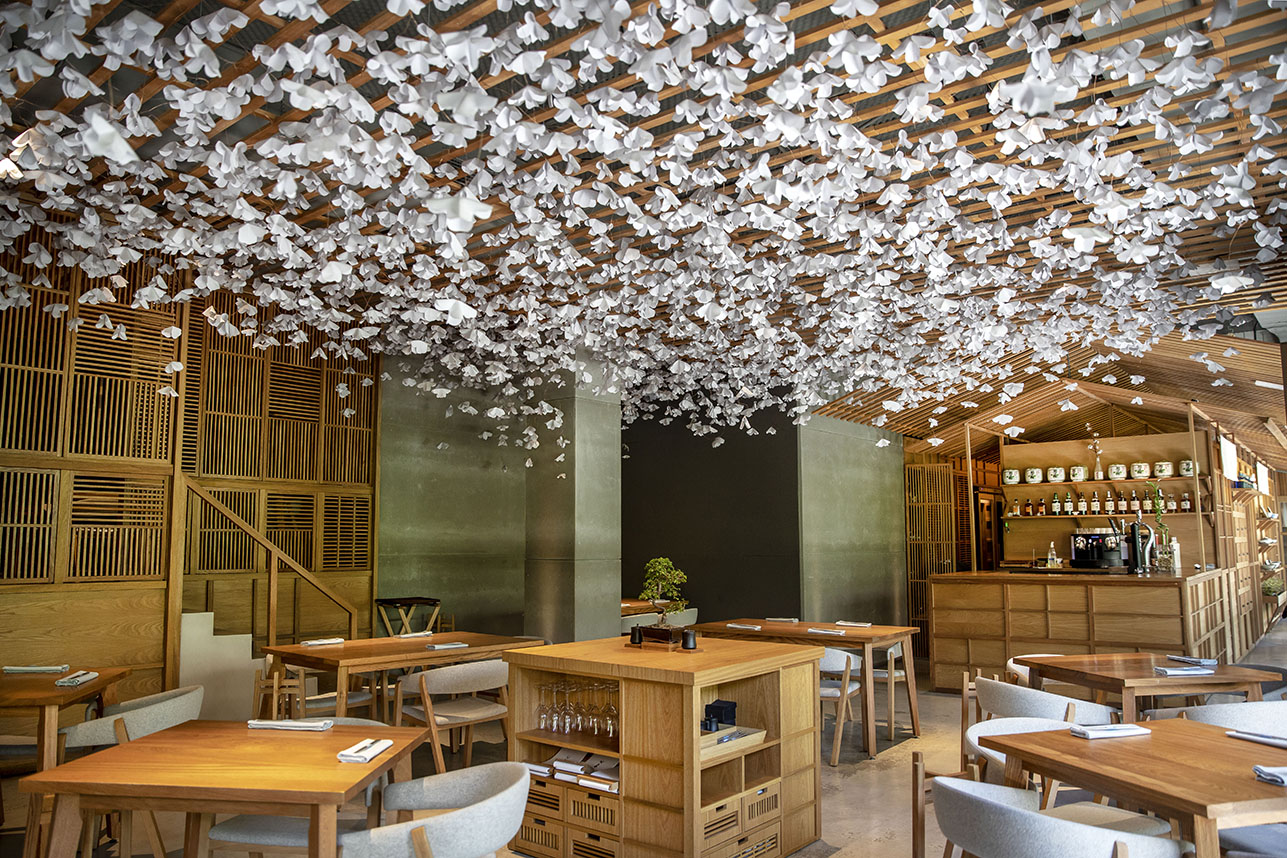
Nozomi Sushi Bar
Sushi restaurant in Spain [SUSHILIVE comment] -


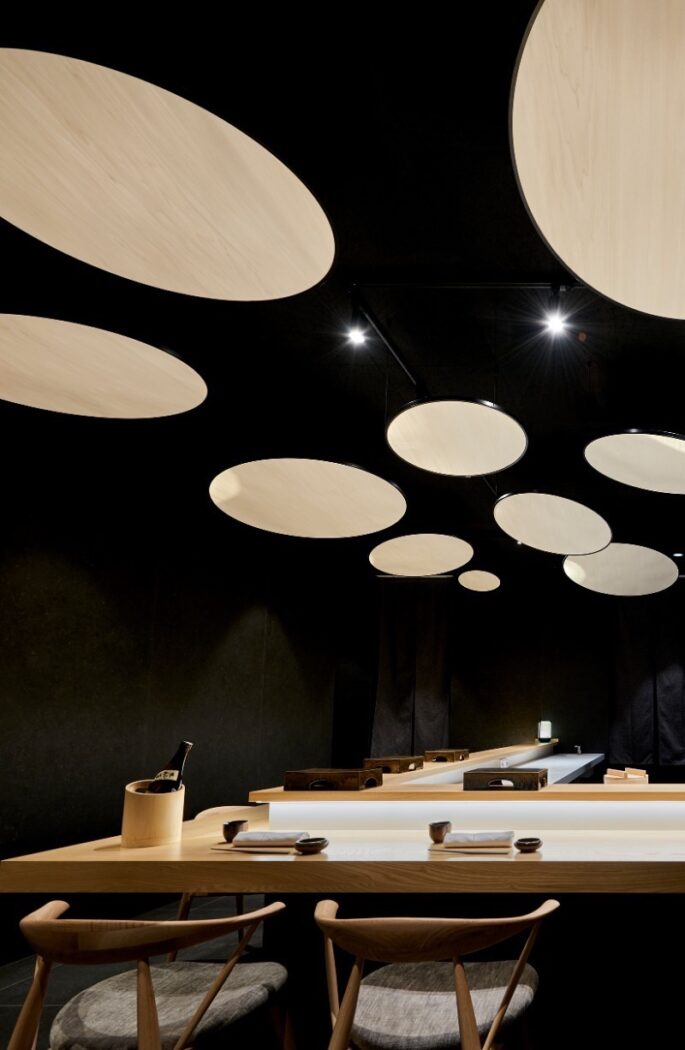
Kaido Sushi Bar
Sushi restaurant in Spain [SUSHILIVE comment] -


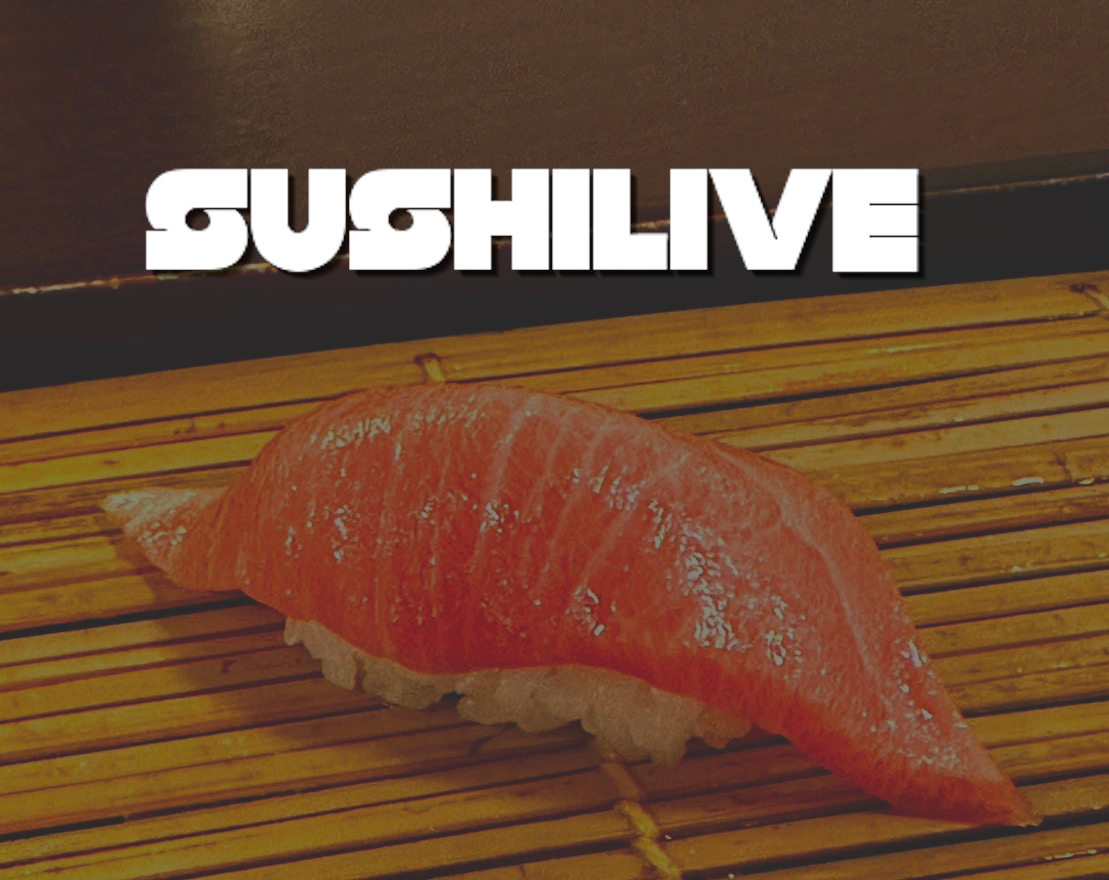
Kiro Sushi
Sushi restaurant in Spain [SUSHILIVE comment] -


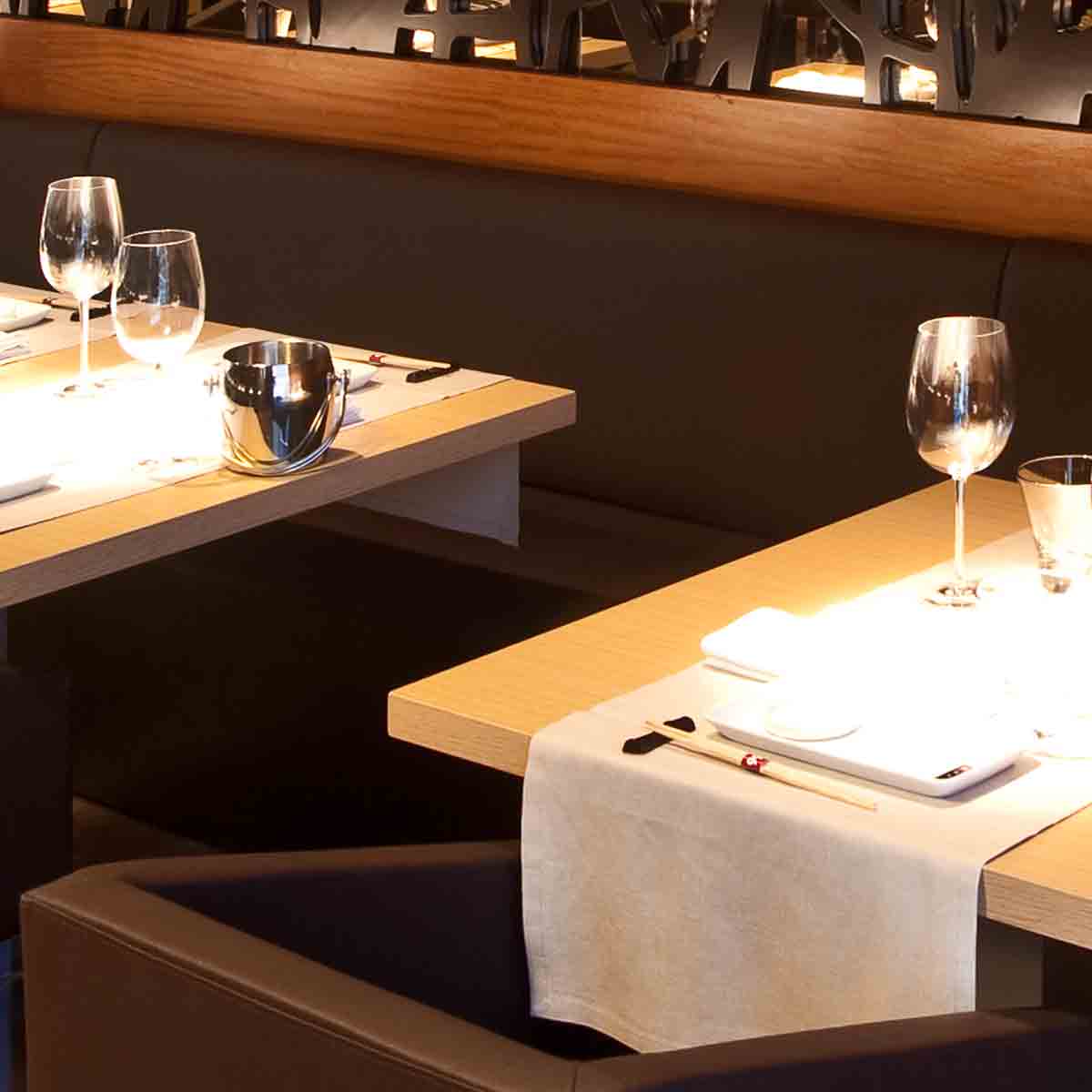
99 sushi bar
Sushi restaurant in Spain [SUSHILIVE comment] -



Zuara Sushi
Sushi restaurant in Spain [SUSHILIVE comment] -



99 sushi bar
Sushi restaurant in Spain [SUSHILIVE comment] -


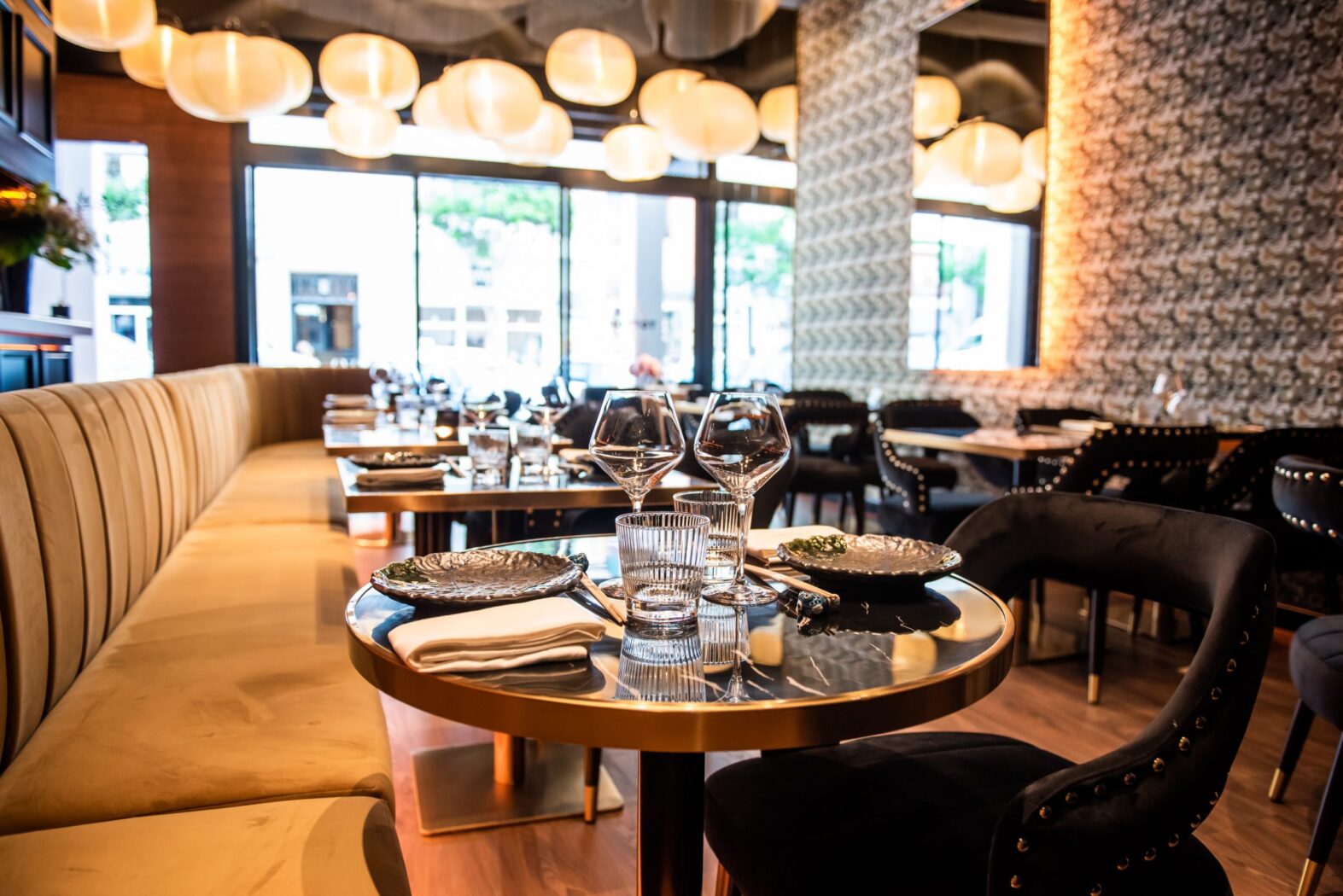
Sushi Bar Tottori
Sushi restaurant in Spain [SUSHILIVE comment]
Recommended sushi restaurants in Switzerland
Recommended sushi restaurants in Slovenia
Recommended sushi restaurants in Norway
Recommended sushi restaurants in Denmark
Recommended sushi restaurants in Sweden
Recommended sushi restaurants in Luxembourg
Recommended sushi restaurants in Belgium
Recommended sushi restaurants in Türkiye
Recommended sushi restaurants in Poland
Characteristics of Europe’s Cuisine
Europe: A Continent Alive with History and Culture
Europe is a continent located in the western part of Eurasia, rich in history and culture. It is the birthplace of ancient Greek and Roman civilizations and was a foundational region for Christianity. During the Middle Ages, the concepts of chivalry and feudalism developed, and the Renaissance and the Enlightenment emerged from here. Since the modern era, Europe has experienced the Industrial Revolution and two world wars, and today it plays a significant role in politics, economy, and culture as the European Union.
Europe consists of various countries, each with its unique culture, language, and traditions. There are plenty of attractions, including beautiful natural landscapes, historic buildings, and works of art.
Europe is a fascinating continent woven with diversity and tradition, offering visitors the depth of history and culture, and the joy of new discoveries.
The Ancient History of Europe
Starting with the Mediterranean civilizations, through the prosperity and fall of ancient Greece and the Roman Empire, medieval Europe built a unique society based on Christianity and feudalism. The Renaissance brought about the rediscovery of ancient cultures and the blooming of humanism, while the Age of Exploration marked the beginning of adventures and trade on a global stage.
Modern Europe experienced societal transformations through scientific and technological advancements and the Industrial Revolution. Enlightenment ideals produced universal values of freedom and equality. The 20th century overcame the tragedies of world wars and the tensions of the Cold War, and today it progresses towards peace and prosperity, notably through the formation of the European Union.
Europe’s history is a narrative spun from constant change and innovation, significantly influencing the world in politics, economy, culture, and society. Understanding its history is essential to comprehend contemporary society and envision the future.
The Rich History and Regionalism of European Cuisine
European cuisine is characterized by its diversity and depth, stemming from its long history and rich regionalism. In Mediterranean countries, dishes mainly include olive oil and fresh seafood. In Central Europe, meat and dairy-based meals are prevalent. Eastern Europe features cuisine rich in spices and herbs.
For Europeans, dining is not just about satisfying hunger; it is an important communication tool to gather with family and friends, enjoying conversations and sharing time. This has led to a strong emphasis on table manners and cherishing meal times.
Recently, with the EU’s expansion and the increase in immigration, European cuisine has become even more diversified. Maintaining traditional dishes while incorporating new ingredients and cooking methods enriches the food culture.
When visiting Europe, be sure to taste the local traditional dishes, which embody the history, culture, and people’s way of life of the area.
The Acceptance and Transformation of Sushi in Europe
In recent years, sushi has gained popularity across Europe, with the increase of Japanese restaurants and sushi bars. However, sushi culture in Europe has evolved uniquely, differing from traditional Japanese sushi.
Regarding ingredients, locally available seafood is commonly used, including salmon, tuna, cod, sea bass, and herring. Ingredients not typically used in Japan, such as avocado and cream cheese, have also been adopted.
In terms of preparation, adjustments are made to cater to European tastes, such as reducing the amount of vinegared rice or adding mayonnaise and sauces. There is also a wide variety of rolls, including original menus like the California roll, which combines avocado, cream cheese, and salmon, popular among Europeans.
Thus, sushi culture in Europe not only inherits traditional Japanese sushi but also evolves according to local food culture, creating new values. This evolution signifies not just a food trend but the integration of sushi into European culture, contributing to its diversity.
Europe’s Enchanting Specialty Products
Europe is home to a variety of specialty products, cultivated by its history and culture. These unique items not only color travel memories but also stimulate the senses.
Treasures of Gourmet
The wines from France’s Burgundy region enchant with their rich aroma and depth of flavor. Italian Parmesan cheese enhances pastas and salads with its intense umami. Spanish Jamón Ibérico offers a heavenly taste with its melt-in-your-mouth texture and rich flavor.
Craftsmanship in Artisan Products
Venetian glass from Italy showcases beautiful art pieces created with delicate glassblowing techniques. British tweed, with its warm texture, is made through traditional methods. Swiss watches continue to captivate enthusiasts worldwide with their precise craftsmanship and elegant designs.
Moreover, German beer from Oktoberfest, the tulip fields of the Netherlands, and the Swiss Alps scenery are among the many attractions stimulating the senses in Europe. Whether for travel memories or gifts for loved ones, Europe’s specialty products are worth exploring.

